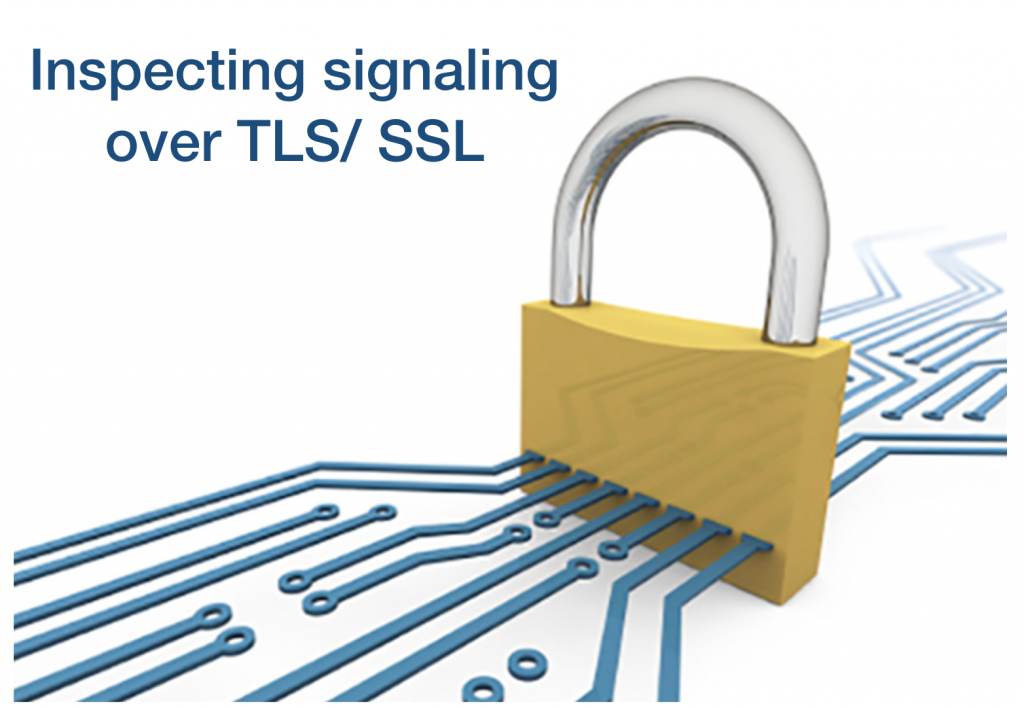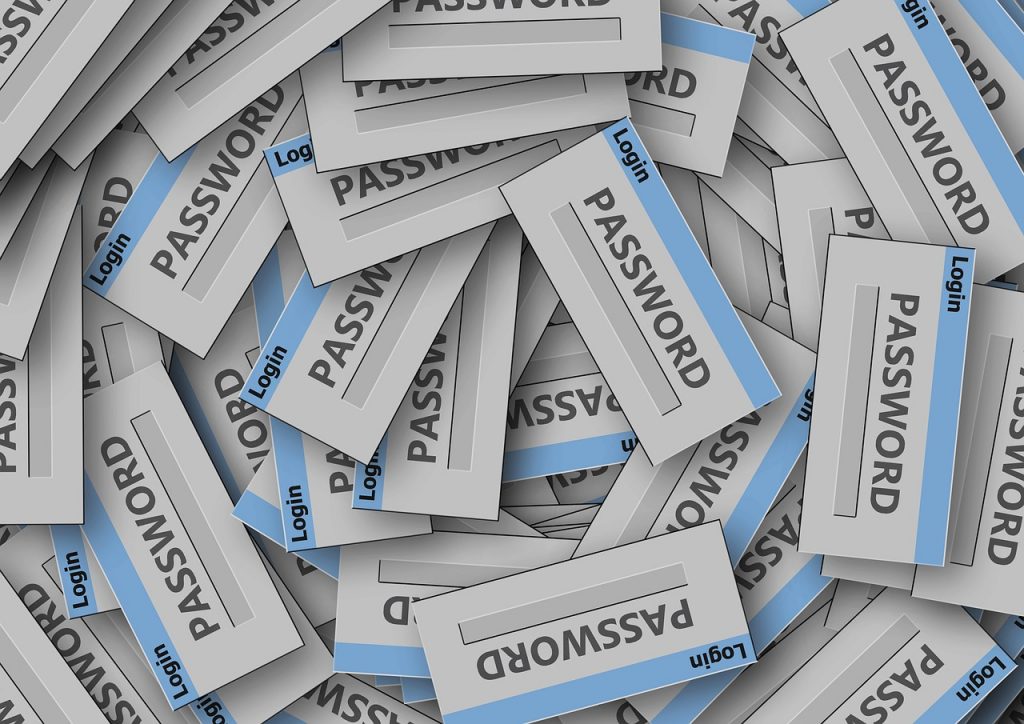 Any UC solution must use state-of-the-art cryptographic tools to make sure that information exchanged remains secret.
Any UC solution must use state-of-the-art cryptographic tools to make sure that information exchanged remains secret.
For TCP connections, the de facto standard is Transport Layer Security (TLS) and, its predecessor, Secure Sockets Layer (SSL). Both of these are frequently referred to collectively as “SSL” and are cryptographic protocols that provide communications security over a computer network.
The primary goal of the TLS protocol is to provide privacy and data integrity between two communicating computer applications. When secured by TLS, connections between an SIP, XMPP, or HTTP client (for example, a web browser) and a server (for example, wikipedia.org) have one or more of the following properties:
 There is a common uneasiness among “classic” system integrators:
There is a common uneasiness among “classic” system integrators:
 A contribution to the health sector and the Wildix solution become a fundamental part in a nursing home
A contribution to the health sector and the Wildix solution become a fundamental part in a nursing home
 Over the years, I’ve studied, put into practice and questioned a great number of activities that were aided and assisted by books, courses and consultations. Some actions worked, others not so much.
Over the years, I’ve studied, put into practice and questioned a great number of activities that were aided and assisted by books, courses and consultations. Some actions worked, others not so much.
